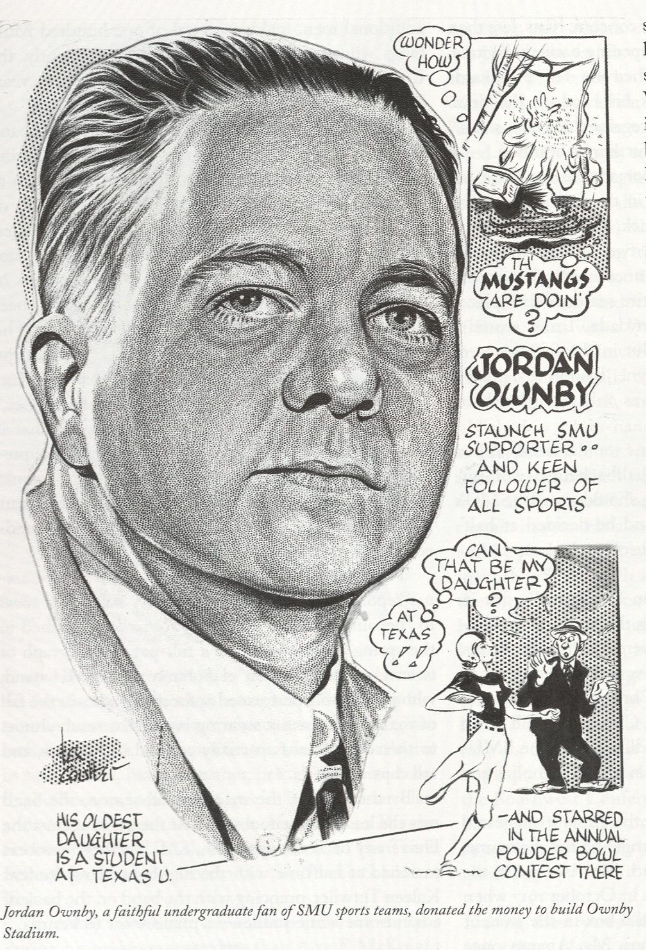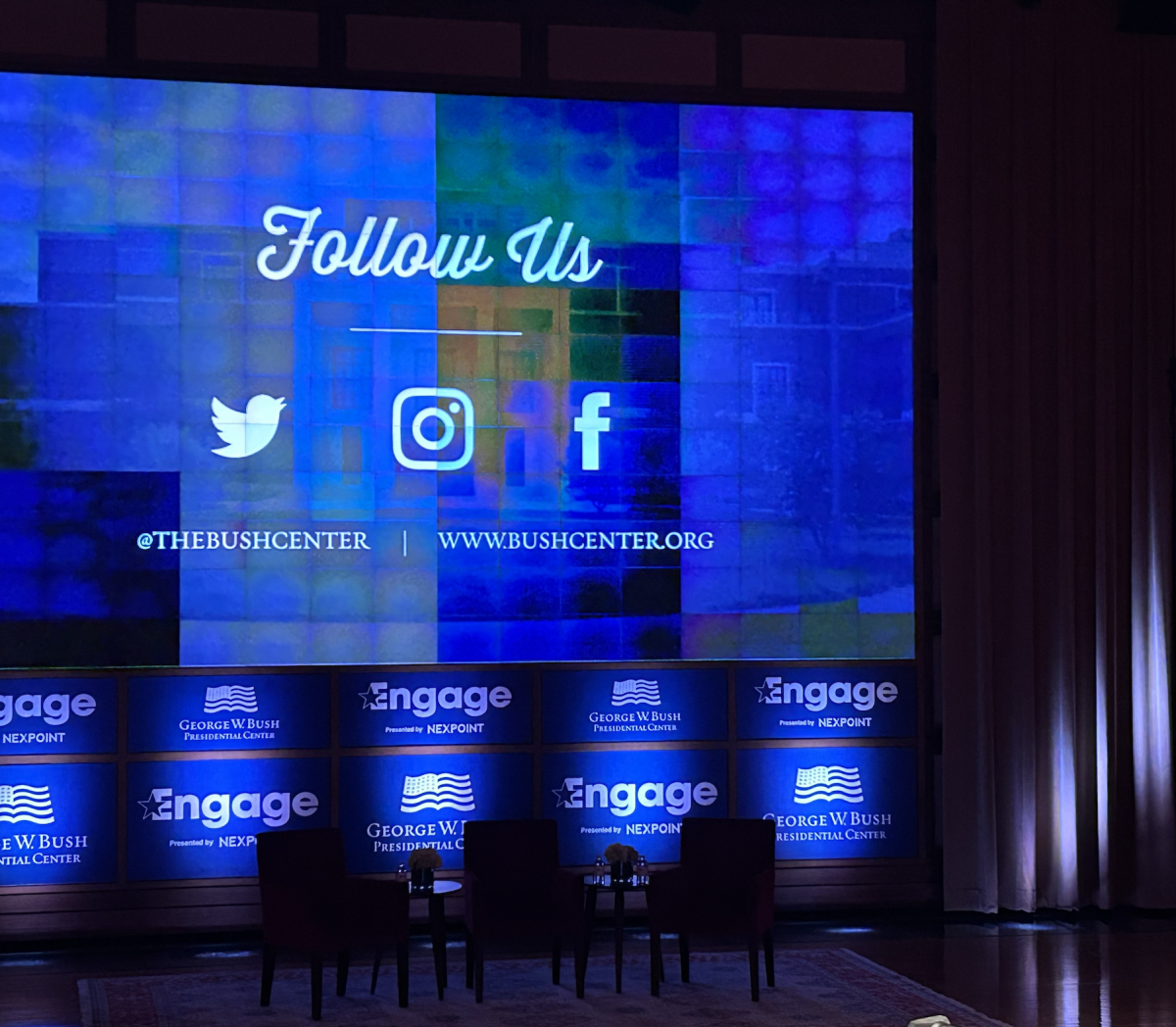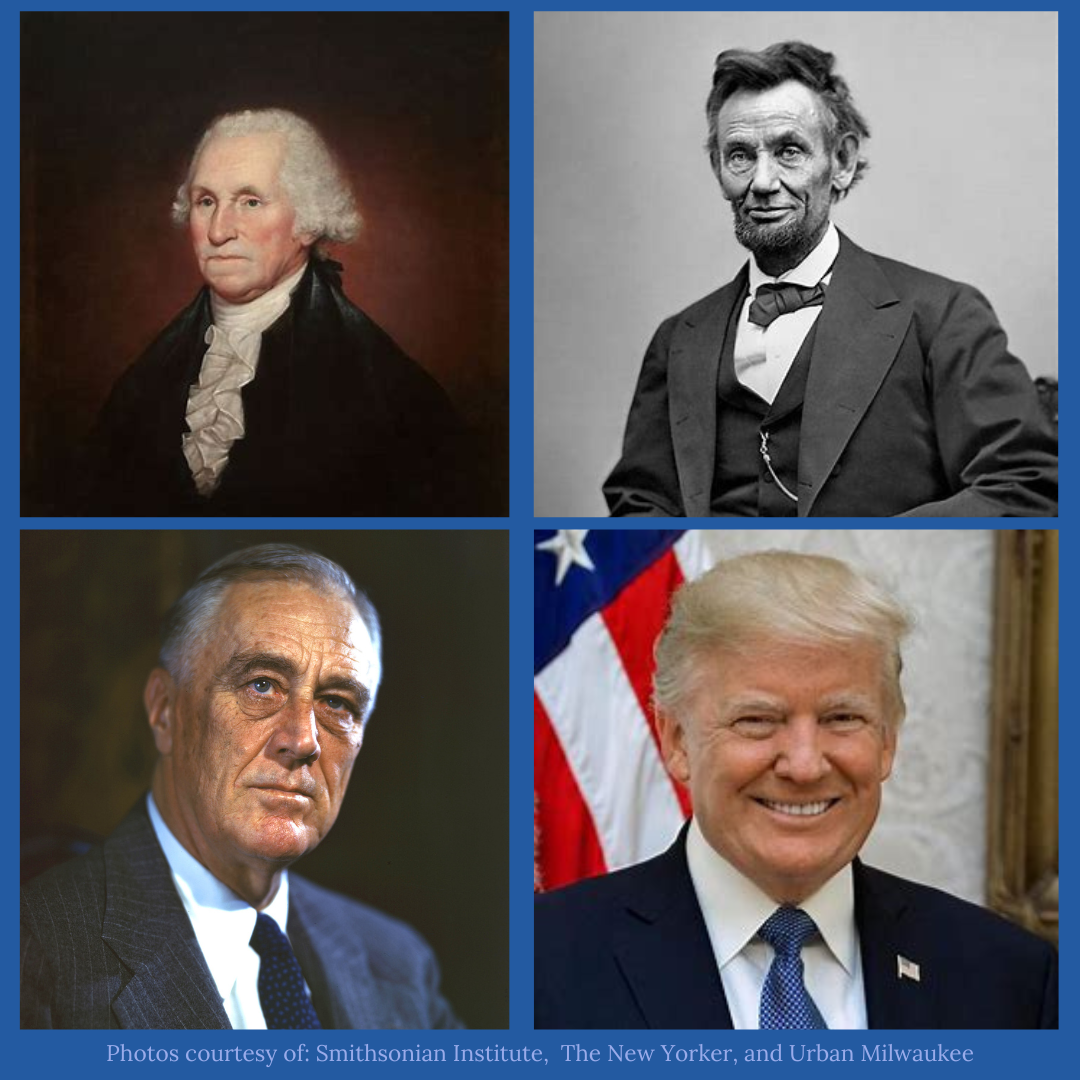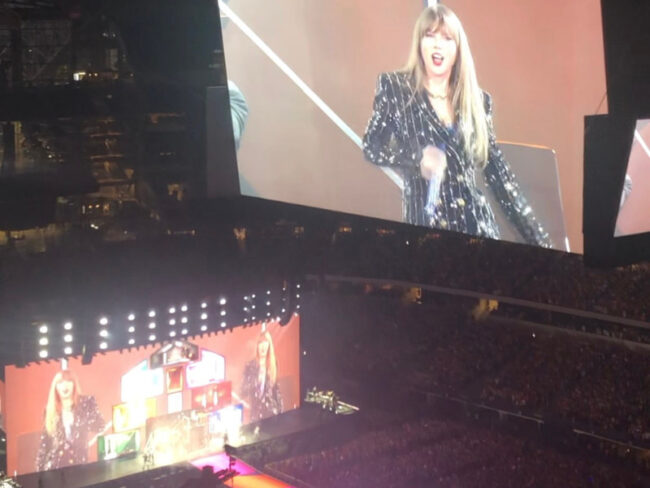The nation — and the world — honored the memory of President John F. Kennedy Friday. About 5,000 attendees gathered in the near-freezing rain to commemorate the life and legacy of the president assassinated in the very spot they all stood.
However, in the months leading up to the commemoration, I began to hear scattered views on Dallas’ intention in holding this commemoration — several I spoke to said people were wondering, “Is it for Kennedy’s celebration, or is it for Dallas’ redemption?”
When Mayor Mike Rawlings delivered his address during the first half of the ceremony, some of those questions regarding the overall purpose being one for the city rather than the president could have been realized.
His speech honored Kennedy; do not be mistaken to that. He spoke of the president in, of course, the highest esteem and as a life ended far too early. However, to the listening ear, Kennedy was not the foundation of the speech. The Mayor’s remarks were driven by Dallas’ “big goals and big aspirations,” and the fifty years being a time when the city did “turn civic heartbreak into hard work.” The president’s memory was present throughout, but it served as the basis of support to show Dallas’ hard work and met challenges, rather than a speech allowing the city to uplift the memory of the president.
Some would say this speech was reminiscent of the attitudes reflected after the assassination 50 years ago—that Dallas itself did not commit the crime, and the tragic event placed under a microscope the bad aspects of Dallas rather than the city’s overall good.
Rawlings spoke of Rabbi Olan, whom he said, “called for Dallas to use this tragedy to seek a true transformation.”
Rawlings’ own response to such was that due to “the hard work of many people, Dallas is a different city.”
And this is true. Naturally, 50 years creates inevitable change and shifts in a community. And Dallas leaders worked hard for the years immediately following the assassination to “clean up” the image of Dallas so to speak. The political atmosphere shifted; citizens were well aware of the hatred felt toward Dallas, and many wanted to overturn that.
But to what extent has Dallas truly removed the argument that it could be a “city of hate?” Hate is a strong word; substitute intolerance, or division. Dallas is a city that holds several cities within its borders—cities seemingly impossible to unite when they reach to both extremes of abundant wealth and devastating poverty.
When I travel and tell people I live in Dallas, it is the image of wealth that comes to their mind. The large companies and corporations here; the entrepreneurs and successful young professionals crowd.
But that is merely a small facet of Dallas. There is the equally sized portion, I would argue, in Dallas that exists in the opposite of conditions. In a report released by the Children’s Medical Center of Dallas earlier this month, nearly 30 percent of children 18-years-old and younger lived below poverty last year—according to the collection of reports, this is effectively unchanged over the past three years. Schools cannot afford to raise test scores, and many homes are entirely unfit to protect a family from winter cold and other weather extremes. There are efforts to improve this, but they appear to be individualized. The city is committed to the “city”—and does not seem to consider these “isolated,” impoverished areas as a fully integrated, equal portions of the city.
Dallas may no longer be perceived as a “city of hate.” But if the antonyms of hate are characteristics including love, help, aid and good will, then Dallas, in its full, does not seem to have reached that.
Gough is a junior majoring in journalism and theatre.













